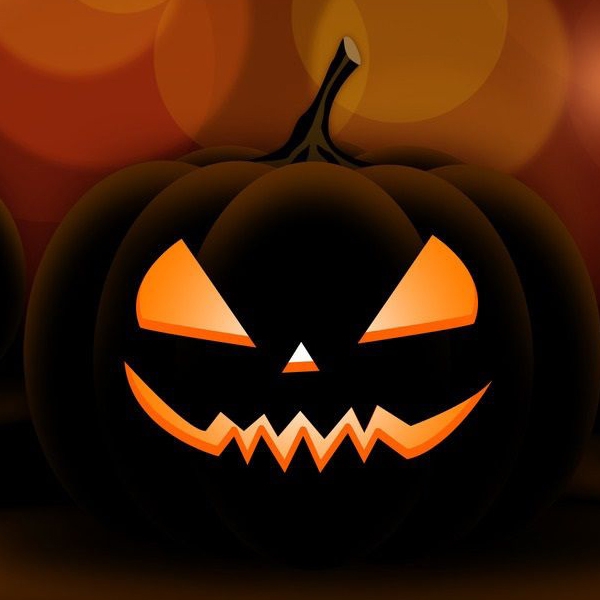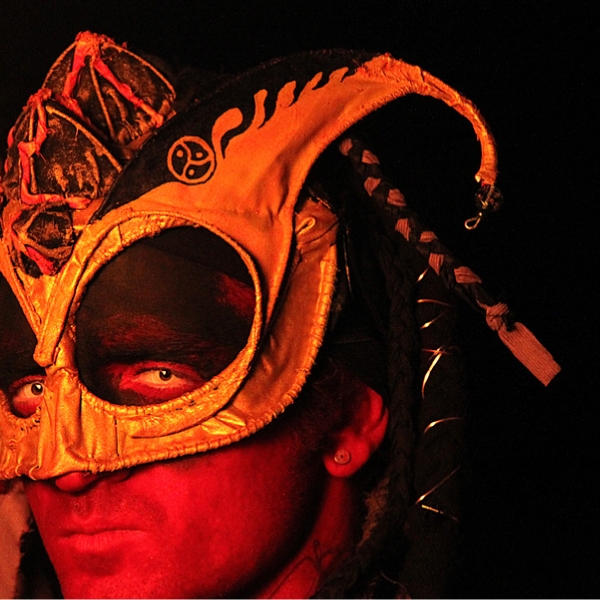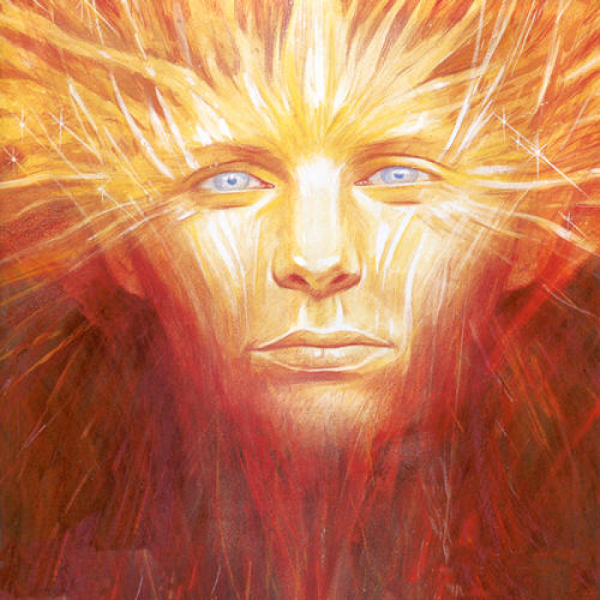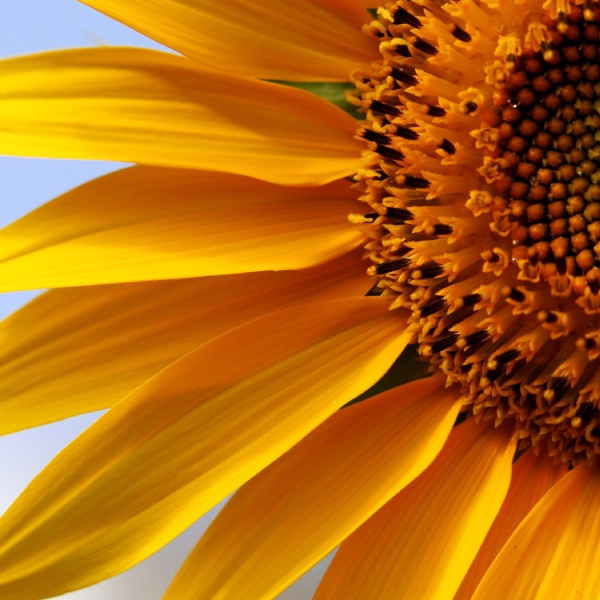Witches
festivals
The Wheel of the Year is a metaphor for the depiction of the pagan calendar. In many forms of Paganism, the passing of time is seen as cyclical, and is represented by a circle or wheel. This seasonal cycle is one of the key ways in which we see the processes of birth, growth, death, and rebirth play themselves out, and the myth of the Wheel of the Year was created to illustrate this cycle. It consists of eight festivals, known as sabbats, spaced in approximately even intervals throughout the year, and are celebrations of the God (Sun), as he travels through the wheel (cosmos) dying and being reborn continuously.
The Wheel of the Year
There are many variations of the myth throughout the different Pagan Traditions but the underlying theme is the same, and the rituals of the Sabbats are derived from this theme. A simplified version is: In midwinter, the Goddess gives birth to a son, the God, who grows to adolescence by spring. In spring, the Goddess appears to the God in a youthful form. She falls pregnant to him and grows in beauty through summer and autumn. Over the same time, the God ages and slowly dies, symbolizing winter. In the darkest time, when the days are at their shortest, the Goddess gives birth to a son, continuing the life cycle or spiral.
As the wheel and myths both originate in the Northern Hemisphere, many Pagans in the Southern Hemisphere advance these dates six months so as to coincide with the seasons, equinoxes and solstices, as they are inverted to that of the North. This looks like a simple fix, but does not address the astrological alignments that also connect with the symbolism, and myths associated with the myths. This can cause some confusion for many new to Pagan holidays living in the Southern Hemisphere, for instance, an Australian Pagan may celebrate Beltane on the Oct 31/ November 1st when an American Pagan is celebrating Samhain, but the astrological signs associated with the time of year connect with Northern Hemisphere festival not the south. So how you integrate the wheel, its seasonal and astrological associations, is something you will have to look at for your own practice.
The popular wheel of the year is taken from the Celtic myths and two different traditions.
The Sabbats are divided into two groups. The Greater Sabbats; Samhain, Imbolc, Beltane and Lughnassah, that represent astrological symbolism and also the beginning of the season. The Lesser Sabbats; which are a part of another tradition, and added to mark the equinoxes and solstices that are the middle of the season, the dates of which vary slightly from year to year.








